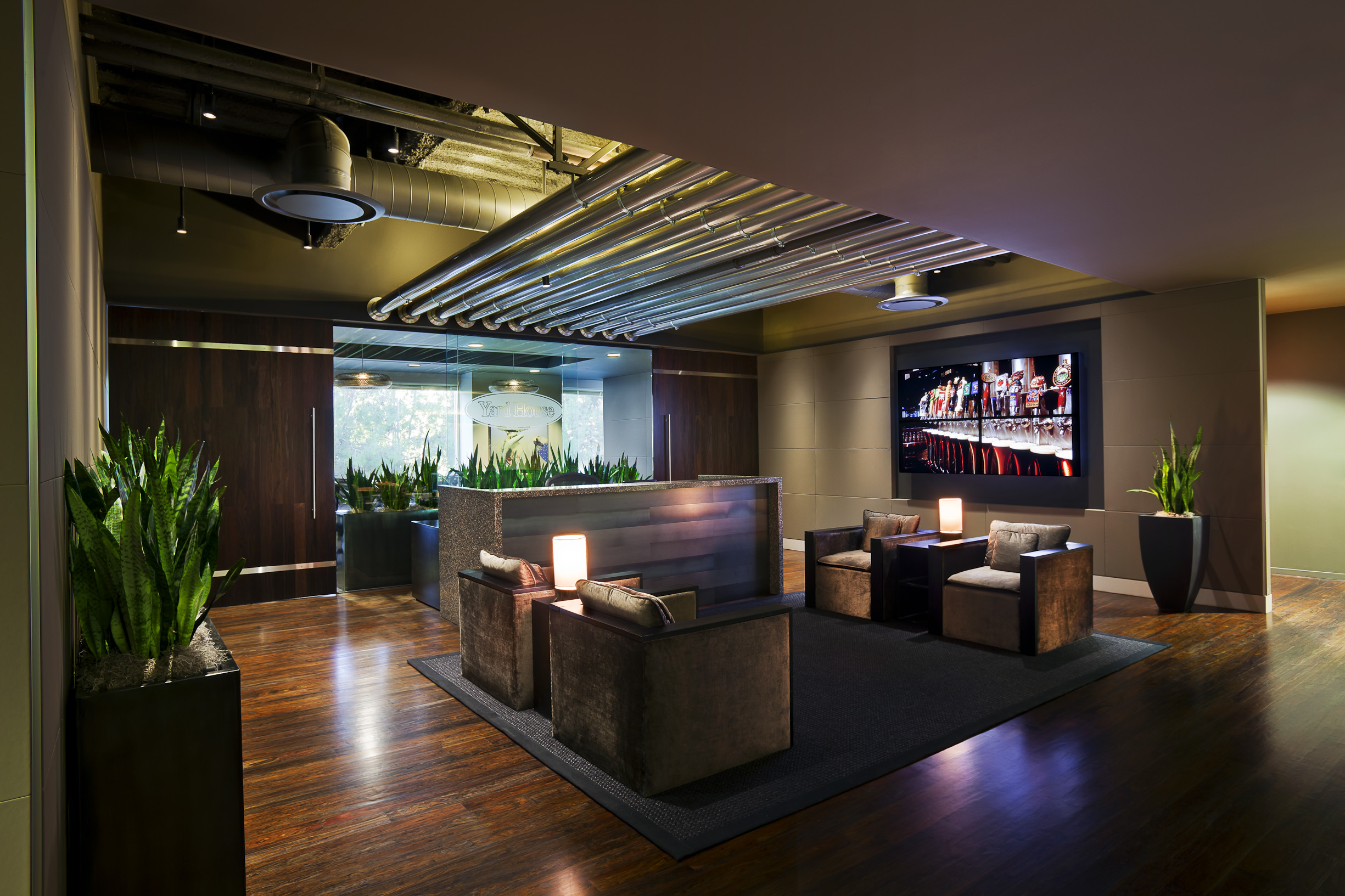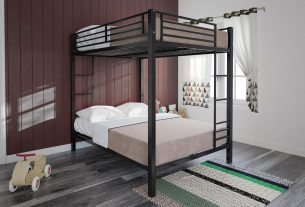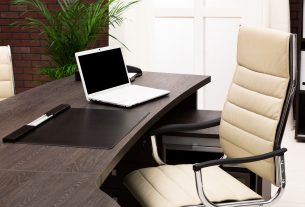What is the first thing you see when you walk into most modern offices? The reception area. The reception area is often the hub of any office. It is where phone calls are answered, transfers are connected; where questions are answered, and where people are signed in, signed out, and pointed on their way. In other words, the reception area is one of the most important areas in the entire building.
It is no wonder, then, that the design of the reception area is very important. Everything from the reception room layout to the reception furniture plays an important part in the overall experience in the lobby area; this includes the experience of those visiting, such as patients or clients, as well as the receptionists and other employees working the desks.
If you are planning to design a reception area, consider the following tips for a well-designed, happy, and productive reception area and get in touch with a kontraktor interior jakarta.

Tip: Ensure that the reception area is front and center
Few things are more awards for clients, patients, and other visitors alike than walking into a building and being suddenly stared at by a herd of employees at their desks. Reception furniture should be used to create a reception area before any other type of employee furniture, and it should be clearly marked out of the way to ensure that people know immediately where they should go to find the receptionist. The reception area should be the first place that someone visits a building.
Tip: Choose the right type of reception seating
Reception seating is arguably the second most important type of reception furniture in the entire area. Reception seating should be, above all, comfortable. Visitors, patients, and clients should be able to sit in the reception seating without encountering back pain or other aches after sitting for only a few minutes. In addition to comfort, the seating should be placed so that each person in the lobby area has visual and auditory access to the reception desk. This is practical for several reasons, including the fact that it ensures visitors with certain health conditions are not at a disadvantage. If visitors have hearing problems or problems with their eyesight, ensuring that they, regardless of where they sit, will be able to see or hear receptionists can help everyone out in the long run.

Tip: Choose the right type of reception desk
Most designers overlook the impact that certain types of reception furniture can have on guests or patients. This especially applies to the reception desk. Closed reception desks, or desks which are in an enclosed room with glass or see-through windows, are considered to be more ‘hostile’ and unfriendly than an open type of reception furniture. Typically, closed reception desks are found in hospitals and police stations, where illness or potential violence gives reasonable cause for a ‘closed’ desk. If there is no reasonable cause for a closed desk, use an open desk—it leaves a much better impression of a business on visitors.


